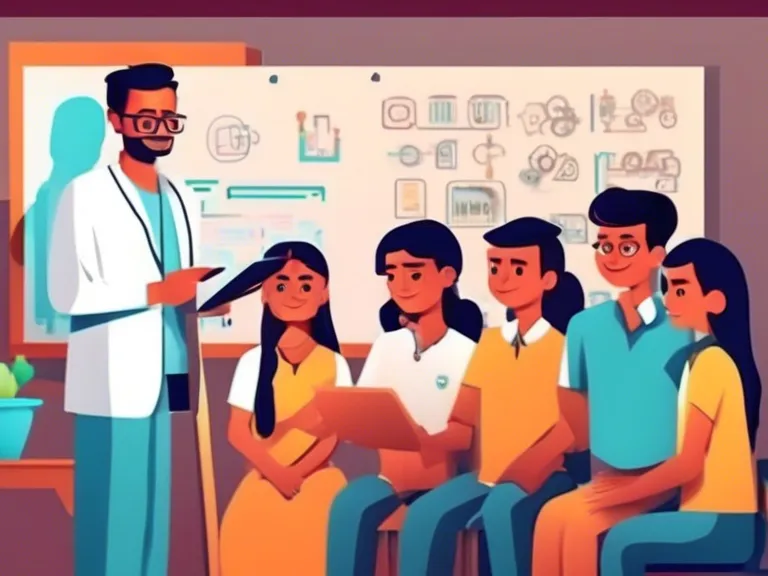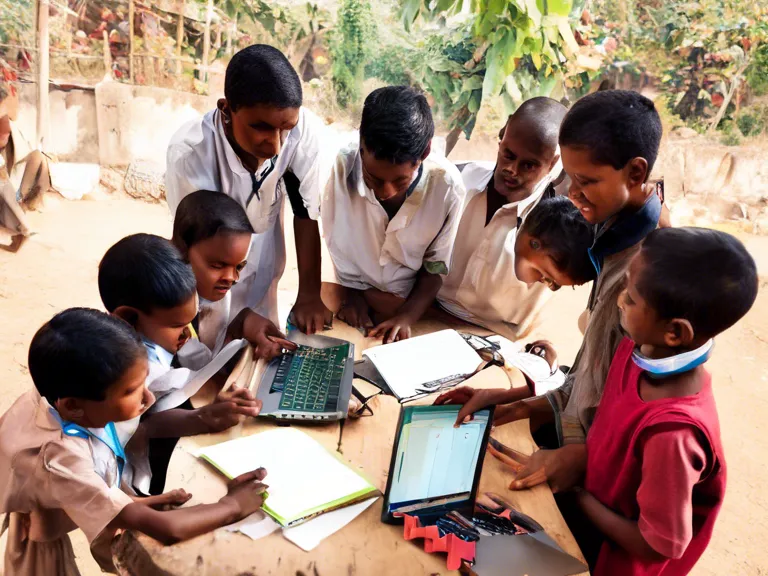
Artificial intelligence is revolutionizing skill development for rural youth by offering personalized and accessible learning opportunities. By leveraging AI-powered tools, young individuals in rural areas can acquire in-demand skills and enhance their career prospects. This article explores the impact of AI in skill development for rural youth and the potential it holds for creating a more inclusive workforce.
One of the key advantages of AI-powered skill development is its ability to cater to the unique needs and learning styles of individuals. Through adaptive learning algorithms, AI platforms can analyze the strengths and weaknesses of each learner and provide customized learning paths. This personalized approach not only improves learning outcomes but also boosts confidence and motivation among rural youth.
Furthermore, AI-powered skill development offers access to high-quality educational resources that may not be readily available in rural areas. By utilizing online platforms and mobile applications, young individuals can access a wide range of courses and training programs from anywhere, at any time. This flexibility eliminates the need to travel long distances for training and enables rural youth to learn at their own pace.
Additionally, AI-powered skill development equips rural youth with relevant and up-to-date skills that are in demand in the job market. By providing training in areas such as data analysis, coding, digital marketing, and more, AI platforms help rural youth become competitive candidates for various employment opportunities. This, in turn, contributes to reducing unemployment rates and boosting economic growth in rural communities.
As AI continues to advance and evolve, the possibilities for skill development for rural youth are endless. By harnessing the power of AI, young individuals in rural areas can overcome barriers to education and training and unlock their full potential. With the right tools and resources, rural youth can build successful careers and contribute to the growth and development of their communities.



